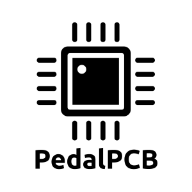Caldo71
Active member
Reposting from the older, now-archived wishlist…
 forum.pedalpcb.com
Where it seemed for a while there was some forward movement (a “Goat” was purchased) and then things seemed to sadly fizzle.
forum.pedalpcb.com
Where it seemed for a while there was some forward movement (a “Goat” was purchased) and then things seemed to sadly fizzle.
Also really want to re-iterate that although there is always constant hype around that hilariously cheezy trademark Rockman distortion sound, it’s the “CLEAN 1” tone that truly shines and remains über useable to this day. Would be a shame to leave that part of the circuit forgotten.
Rockman X100 in pedal format?
Would be an interesting project. Originals are getting pretty expensive.
Also really want to re-iterate that although there is always constant hype around that hilariously cheezy trademark Rockman distortion sound, it’s the “CLEAN 1” tone that truly shines and remains über useable to this day. Would be a shame to leave that part of the circuit forgotten.
Upvote
5






